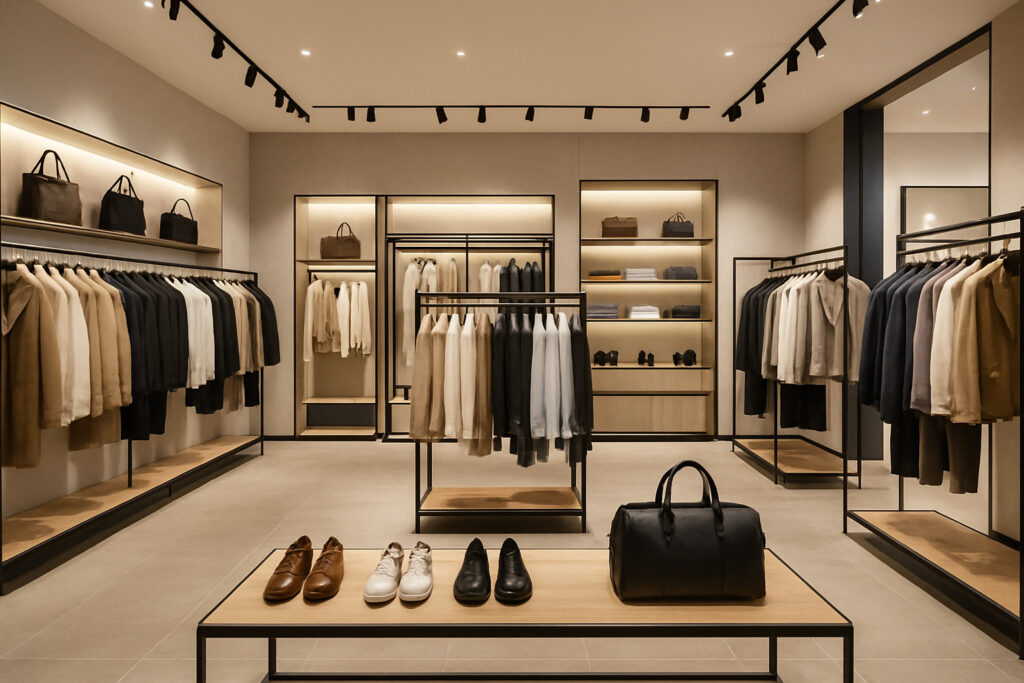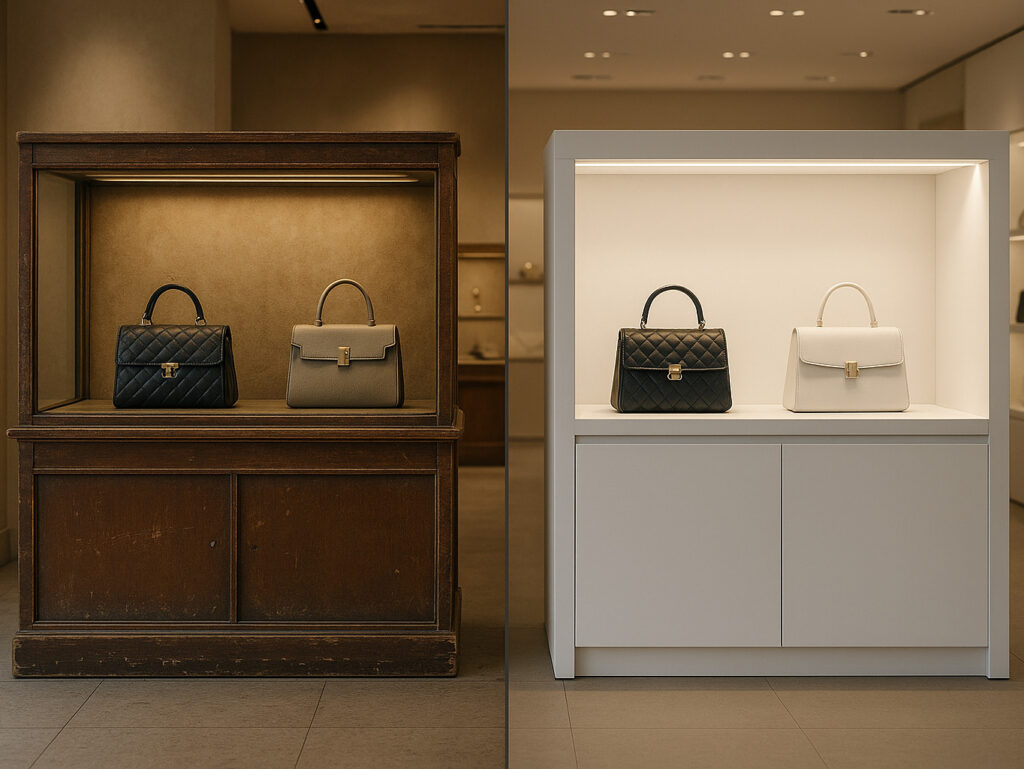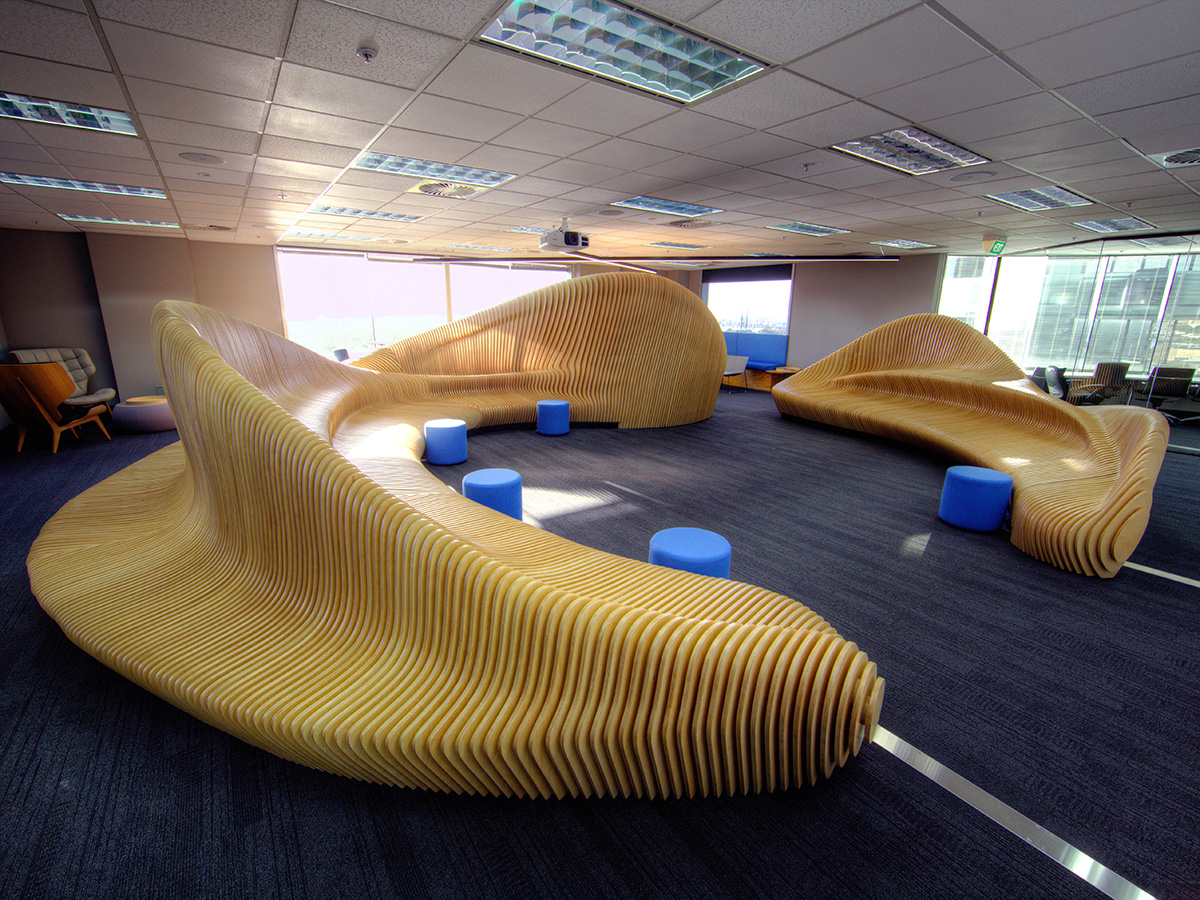Introduction: Don’t Let Old Fixtures Cost You Customers
You’ve invested in merchandising, lighting, and store layout—yet something still feels off. Often, the culprit isn’t your products or promotions, but the very foundations holding them: your display fixtures. These silent performers are easy to overlook, but when they deteriorate, the results are visible—literally and financially. In this article, we break down key signs your fixtures are due for a refresh, from subtle wear and tear to critical brand misalignment.
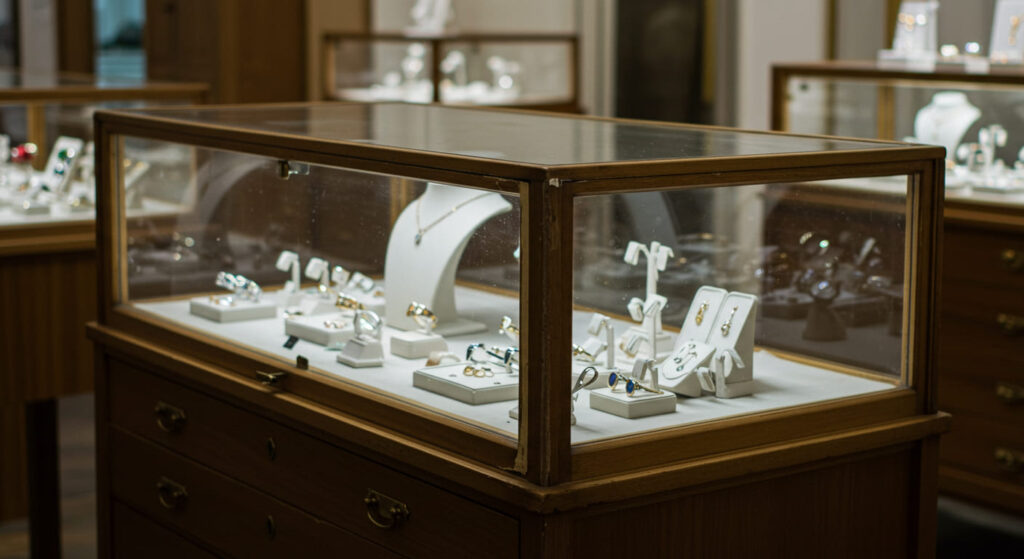
1. Visible Wear and Tear
Scratches, dents, peeling laminate, loose joints, and discolored surfaces are the first and most obvious signs. These may seem minor at first, but customers subconsciously associate them with lack of attention to detail or poor product quality. Especially in sectors like luxury retail, beauty, or jewelry, even a small blemish can erode trust in the brand.
🛠️ Professional Tip: High-touch areas like drawer handles, shelf edges, and corners wear fastest. Inspect them regularly, especially if your store experiences heavy traffic.
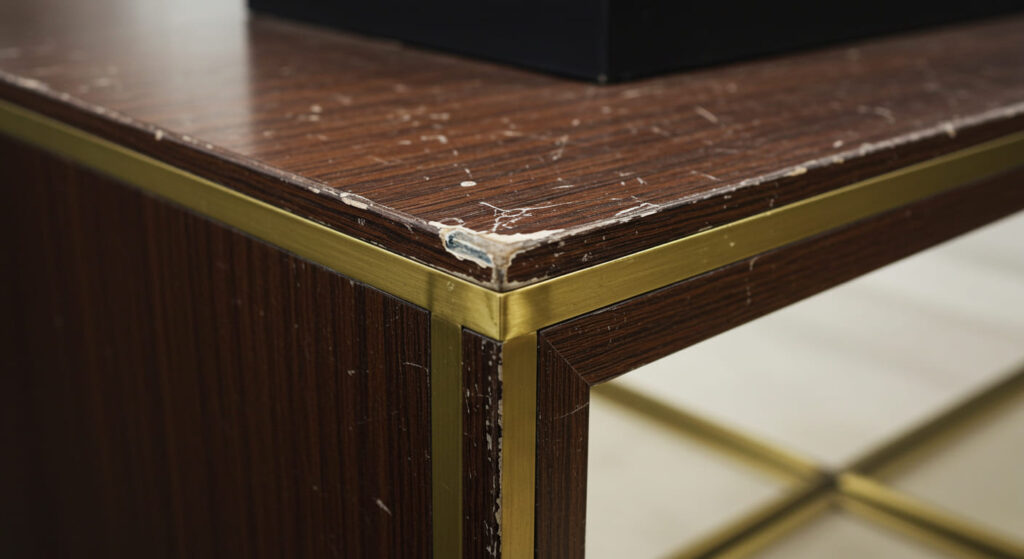
2. Functional Issues
Do drawers no longer close smoothly? Are light strips flickering or spotty? Do hanging rails sag under normal product weight? If so, your fixtures aren’t just aged—they’re compromising usability. Poor functionality frustrates staff and can even pose safety risks.
🔧 Professional Tip: If you’re spending more time repairing than using a fixture, it’s likely more cost-effective to replace it.
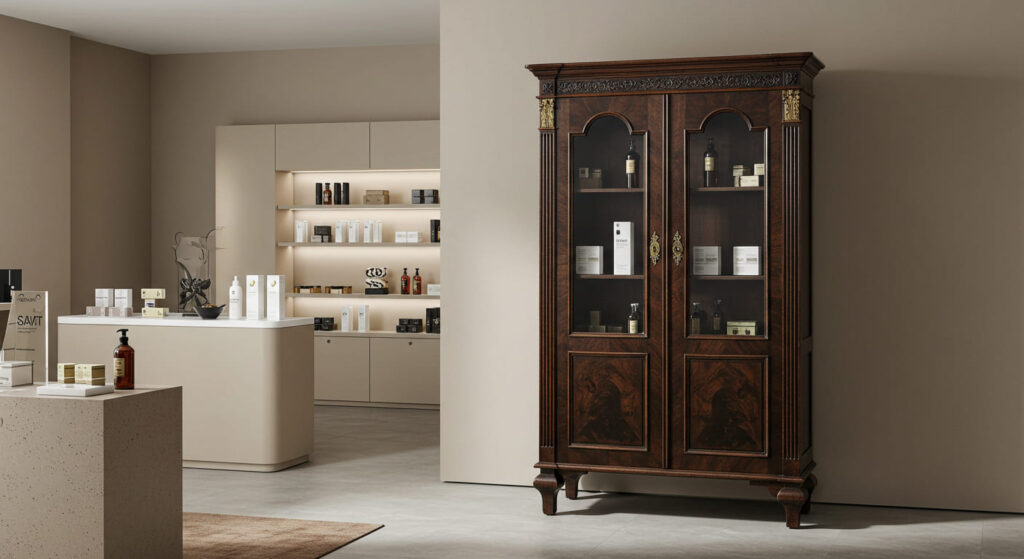
3. Outdated Design or Incompatible Branding
Retail evolves fast. What looked trendy five years ago may now seem tired or off-brand. If your store recently went through a rebranding—or if your current fixtures don’t reflect your positioning (e.g., minimalist vs. rustic)—they may be sending mixed messages to customers.
🎯 Professional Tip: Audit your current fixtures against your latest brand guidelines. Materials, finishes, and shapes should reinforce your desired identity.
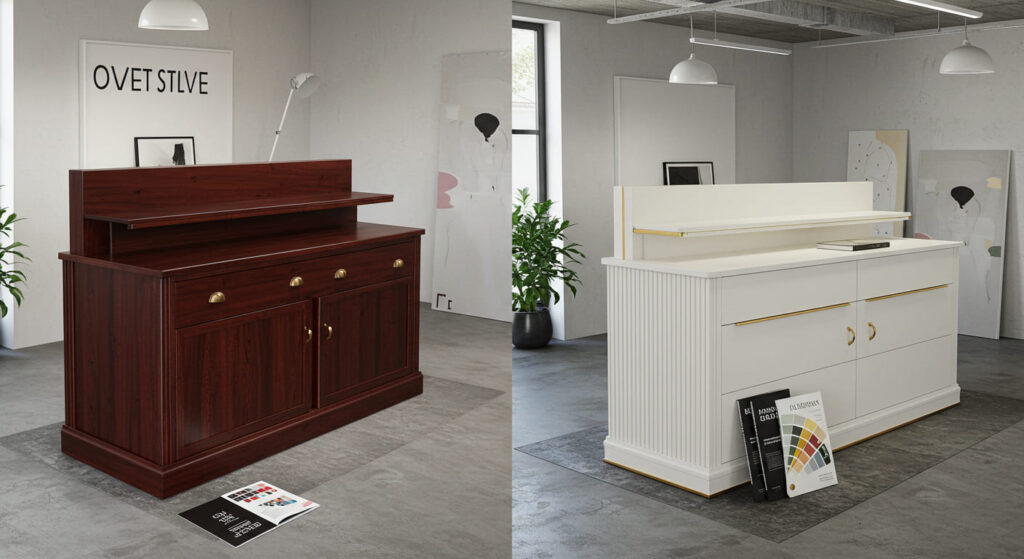
4. Safety and Compliance Concerns
Loose screws, wobbly bases, sharp edges, and electrical faults are not just inconvenient—they’re dangerous. If your store has received complaints or even close calls, it’s time to act. In some markets, keeping outdated fixtures could even violate retail safety regulations.
⚠️ Professional Tip: Conduct quarterly safety checks, especially on fixtures that support heavy loads or use integrated power.
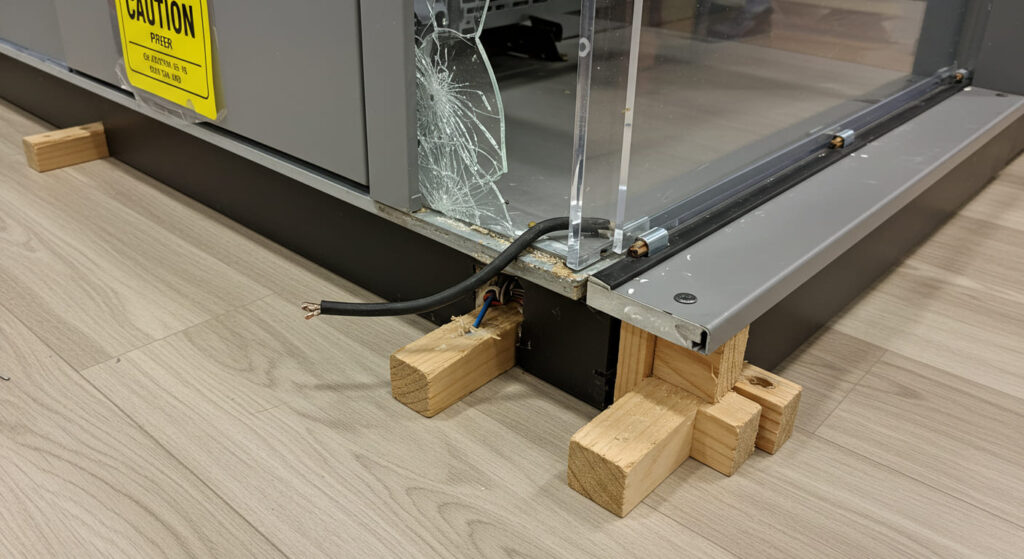
5. Decline in Visual Appeal or Product Highlighting
The job of a display fixture is not just to hold product—it’s to enhance its perceived value. Faded colors, poorly lit displays, or cluttered configurations detract from the shopping experience. If your displays no longer help products “pop,” they may be silently hurting your sales.
💡 Professional Tip: Track product performance by zone. A sudden drop in sales from a well-performing area may indicate the fixture—not the product—is the problem.
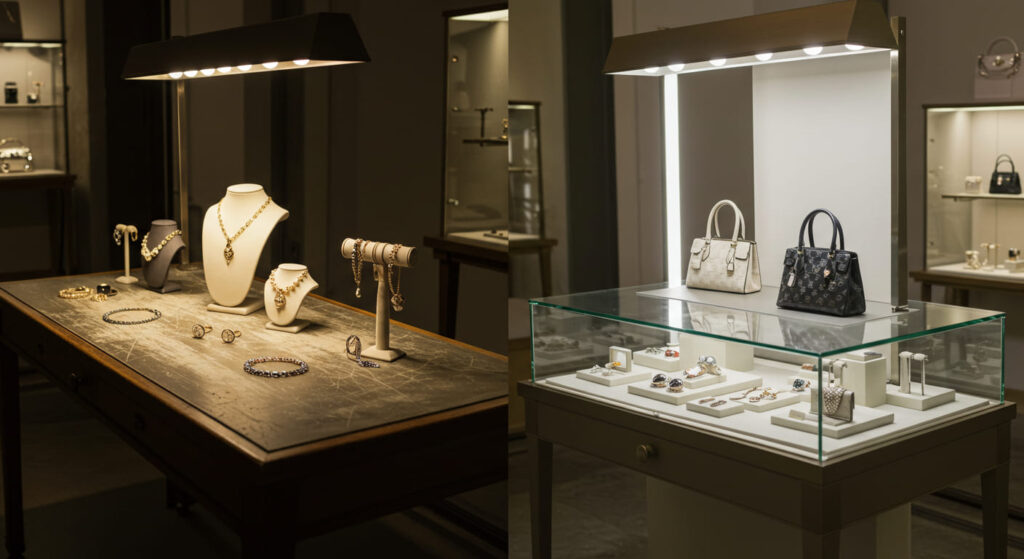
6. Cost of Maintenance is Rising
If you’re frequently calling your contractor or DIY fixing your fixtures, you’re already spending more than you think. Regular small repairs often accumulate to exceed the cost of a full replacement, especially with modern manufacturing offering better durability and lower maintenance needs.
📉 Professional Tip: Keep a basic log of maintenance frequency and costs. Once they start stacking up, it’s time to plan a long-term fix.
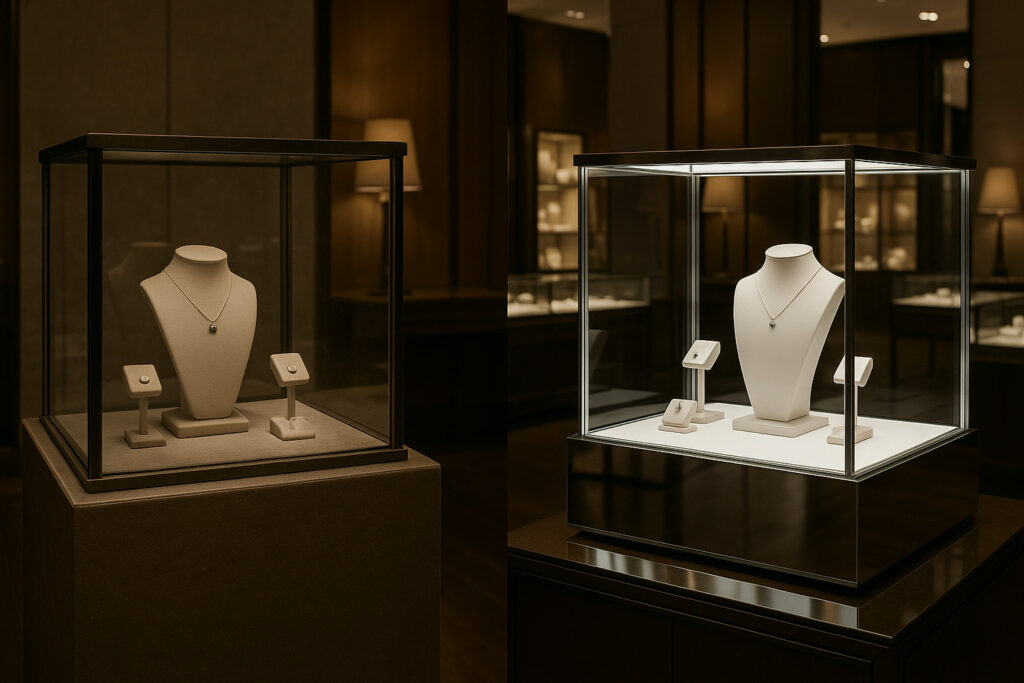
Conclusion: Your Fixtures Reflect Your Business
Display fixtures are an extension of your store’s brand promise. Damaged, outdated, or inflexible fixtures not only impact visual merchandising—they subtly communicate a lack of care. Whether you run a fashion boutique, jewelry store, or electronics showroom, keeping fixtures updated is part of maintaining retail excellence.
